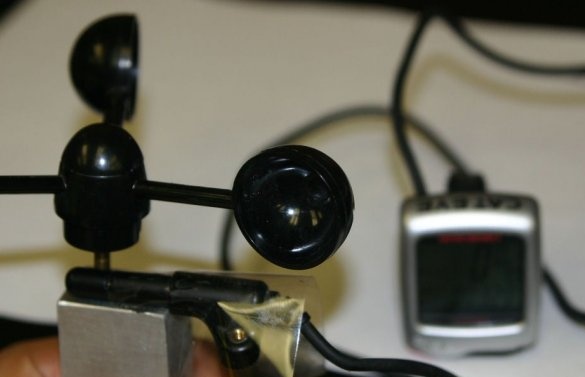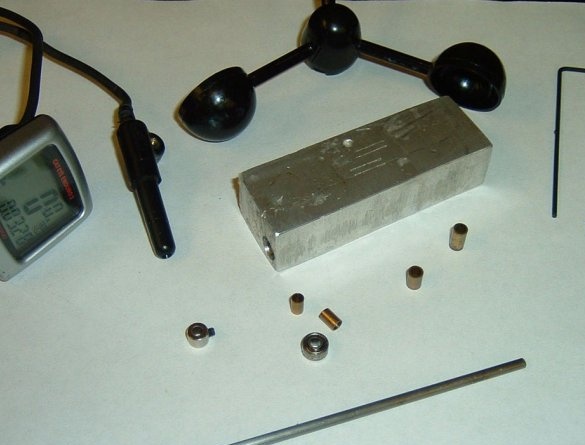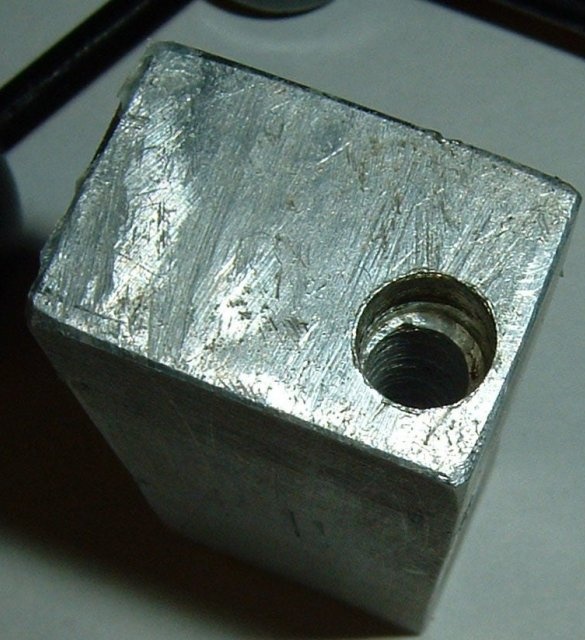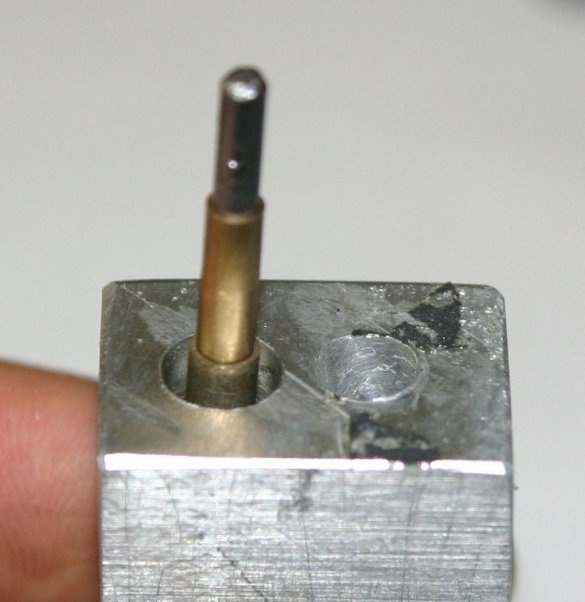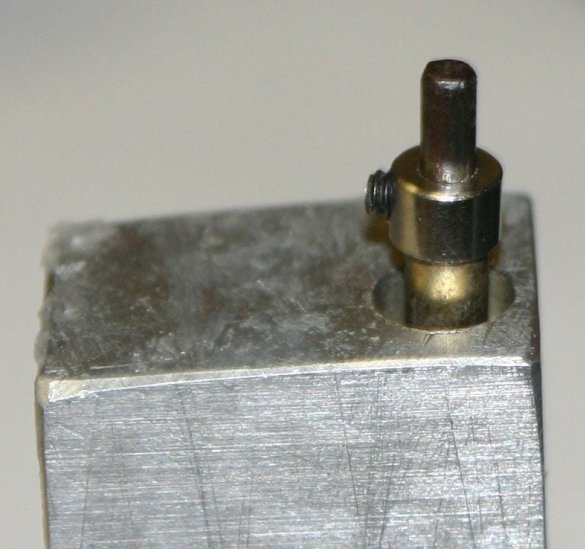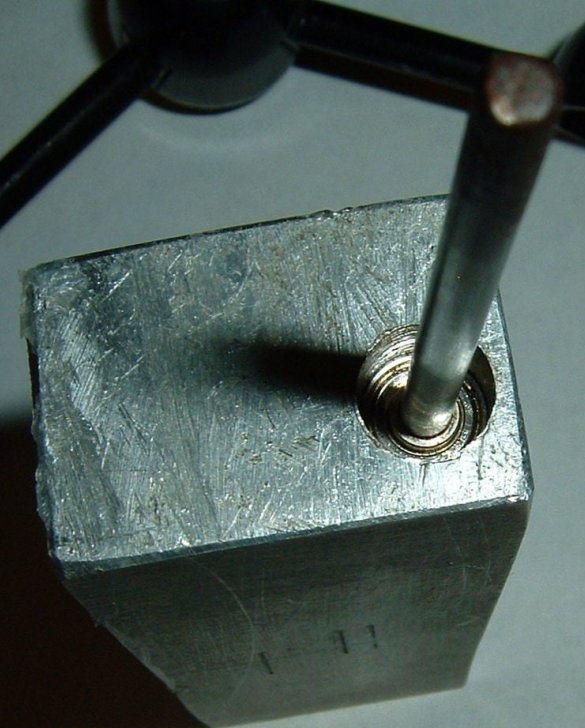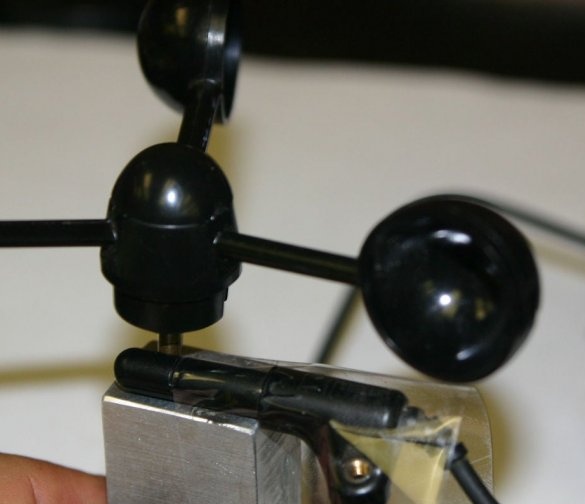The author of Instructables under the nickname dan came up with how to make an anemometer from a bicycle computer. Even the simplest one will do, for 199 rubles. There are few functions in it, but here only one of them is required - the speedometer function. And it, along with the odometer function (also useful: you can calculate, for example, the average wind speed per day), for cycle computers is the base.
In addition to the bike computer, for homemade Required: impeller, shaft, base and two bearings. The impeller uses the finished impeller, manufactured by Davis Instruments, article 7903, the company sells it as a spare part for an anemometer of its own production. A similar impeller can, if desired, be made and do it yourself, in its design it is necessary to provide a magnet. Bearings - with an inner diameter of 1/8 inch (about 3.2 mm) or 4 mm exactly, they are purchased in a store of radio-controlled models.
The shaft diameter must be selected depending on which of the bearings listed above you have purchased. What is their external diameter - 1/4, 3/8 or 1/2 inch, or 8, 10 or 12 mm - it does not matter, since the master is going to drill the base himself. The shaft should be slightly longer than the base.
In an aluminum base (suitable for wood or plastic) with a length of 4 inches (about 100 mm), the master drills a hole whose diameter is slightly larger than the diameter of the shaft. Then, at each end, it drills this hole to a shallow depth with a drill of such a diameter so that the bearings come in tight enough. The result looks like this:
Puts the shaft with bearings in the base:
He puts on the shaft bushings, restricting its movement along its axis, then - the impeller and glues the reed switch of the bicycle computer so that the magnet in the impeller passes by it during its rotation. When gluing the bushings, it is important to prevent glue from entering the bearings. It is not necessary to redo the cycling computer, it is possible as many times as you want (if you do not take into account the cable wear, the consequences of which, however, can be easily fixed on your own), remove it from the anemometer and put it on bike, and then rearrange. But you have to reconfigure each time, more on that later.
Now about calibrating the anemometer.The method proposed by the master using the car in full calm cannot be recommended: firstly, it is risky, since the anemometer must be located outside during this procedure, and secondly, there is almost no complete calm. It is better to compare the readings of a homemade anemometer with some ready-made one (both should be stationary), and then set the correction factor for the diameter of the bicycle wheel in the bike computer so that you need to divide the speed readings by any integer. Since the impeller rotates quickly, and the adjustment range of this coefficient is not very wide, it will not work to make it so that sharing is not required at all.
Translator's note: in domestic practice, it is customary to measure wind speed not in miles or kilometers per hour, but in meters per second. And in messages from the Ministry of Emergency Situations, wind speed data comes in precisely these units. 1 m / s corresponds to 3.6 km / h or 2.24 mph. You can configure the bike computer so that the readings (taking into account the necessity of dividing by an integer) are in m / s, despite the fact that the name of the other unit of measurement is displayed along with the numbers.

